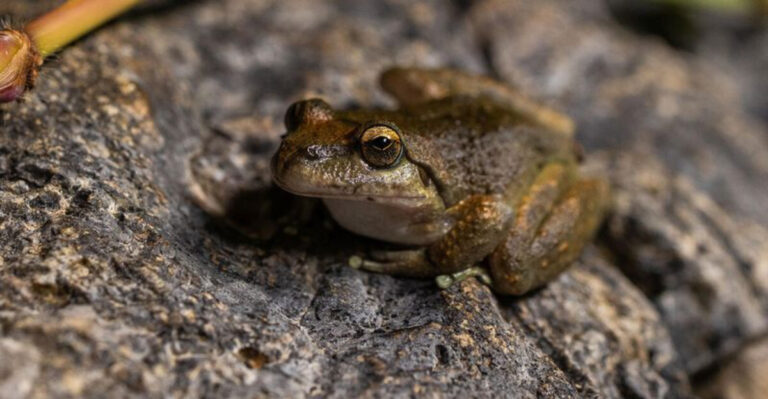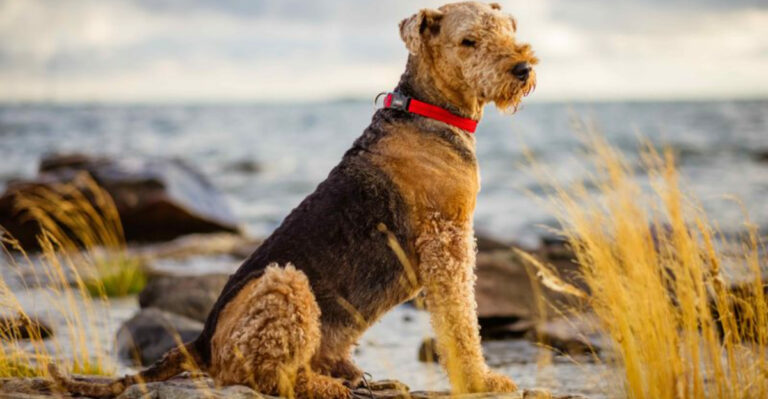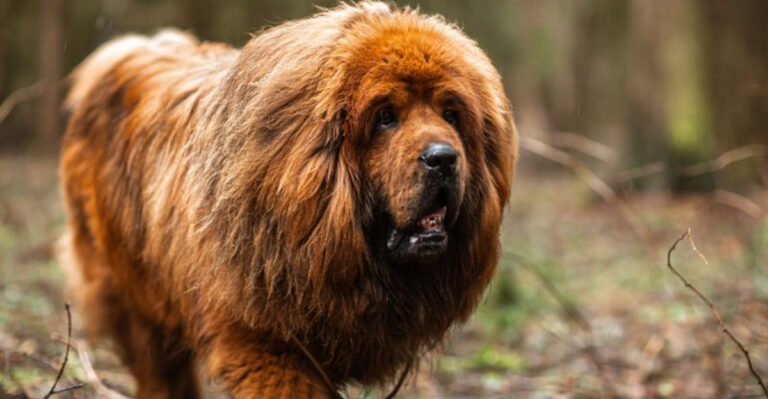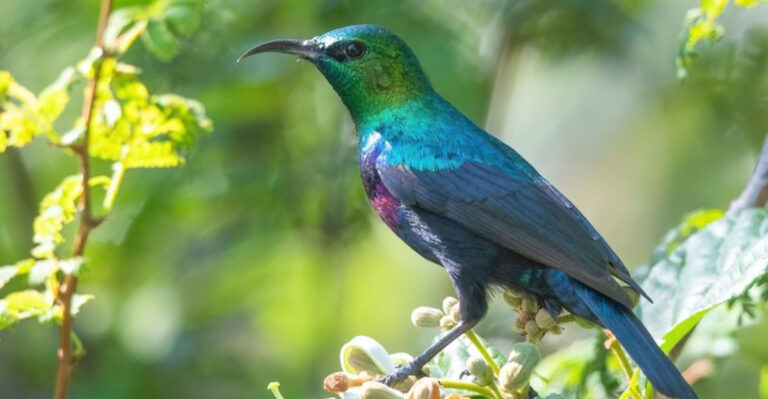Underwater Warfare: 12 Times Orcas Outsmarted The Ocean’s Toughest Predators

Orcas, often called killer whales, are the undisputed masterminds of the ocean. These black-and-white hunters possess problem-solving skills that rival those of any marine creature.
Their ability to outsmart even the most fearsome ocean predators has earned them the top spot in the underwater food chain, making them one of nature’s most successful hunters.
1. Flipping Great White Sharks To Induce Paralysis
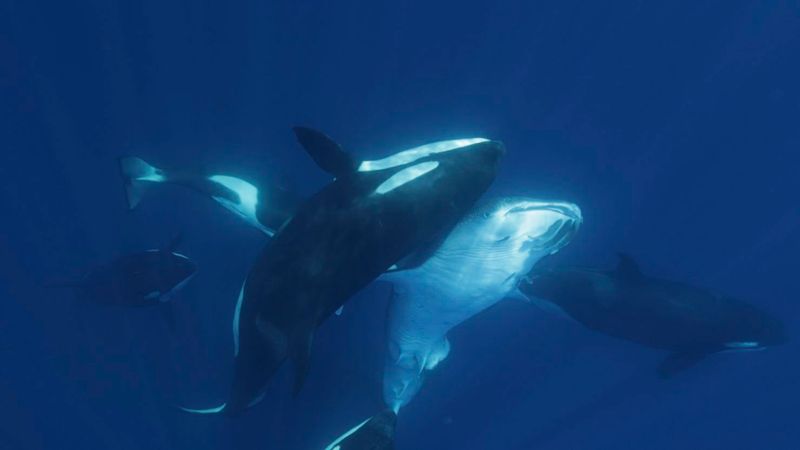
The ocean’s most feared predator becomes helpless prey in the clever flippers of an orca. When hunting great whites, orcas have perfected a technique that flips these massive sharks upside down.
This strategic maneuver triggers tonic immobility, essentially hypnotizing the shark into a paralyzed state. Once immobilized, the shark can’t fight back or escape, giving the orca plenty of time to deliver a fatal attack.
2. Targeting Shark Livers With Surgical Precision

Orcas don’t just kill sharks—they perform underwater surgery with astonishing precision. These marine masterminds specifically target the oil-rich liver, which can account for up to a third of a shark’s body weight.
After making a clean incision near the pectoral fins, they squeeze out this nutritional goldmine while often leaving the rest of the carcass untouched. Scientists have found shark remains washing ashore with only the liver missing.
3. Coordinated Pod Hunting Tactics
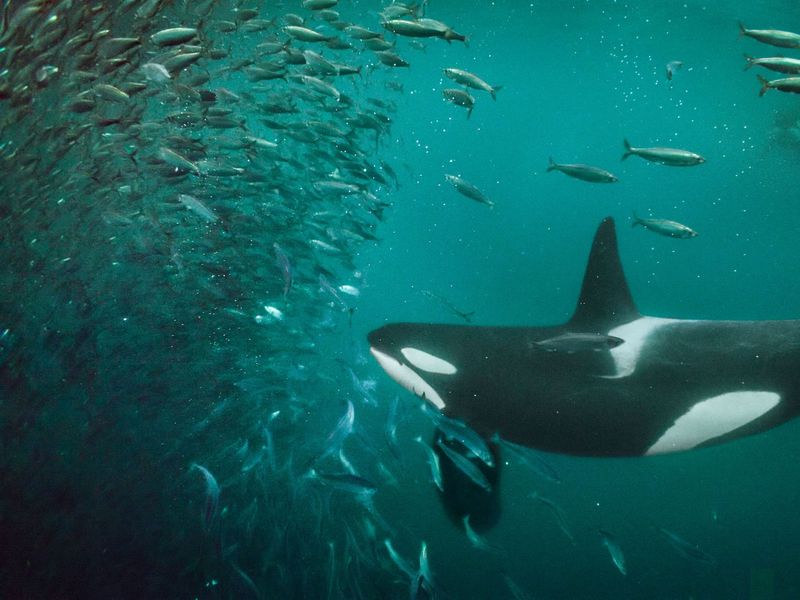
Family means everything in orca society, especially during the hunt. Pod members communicate through a complex language of clicks, whistles, and body movements to execute synchronized attacks that leave prey with nowhere to run.
Some pods create formation patterns to herd fish into tight balls. Others take turns rushing at larger prey to exhaust it. This teamwork allows them to tackle prey that would be impossible for a solo hunter.
4. Using Waves To Knock Seals From Ice Floes
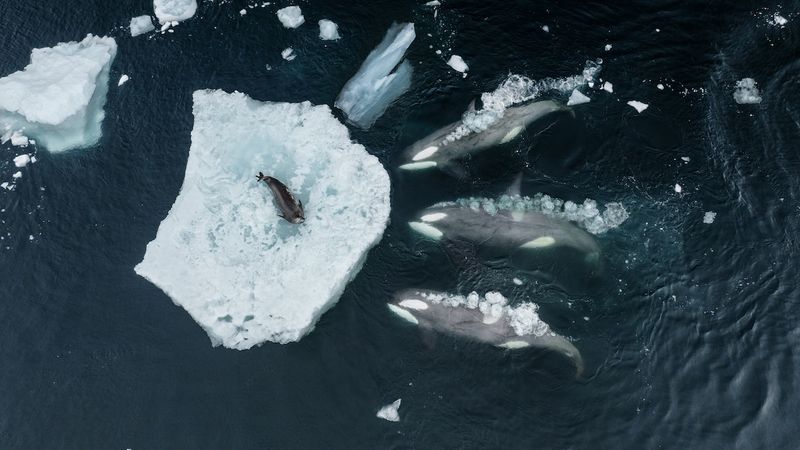
Antarctic orcas have invented their own version of the water park wave pool—except it’s deadly for seals. Working as a synchronized swim team, these clever hunters swim side by side, deliberately creating a powerful wave.
The resulting swell washes over ice floes where seals rest, sweeping the unsuspecting prey into the water. Once in the ocean, the seal’s fate is sealed as waiting orcas quickly close in for the capture.
5. Beaching Themselves To Catch Seals
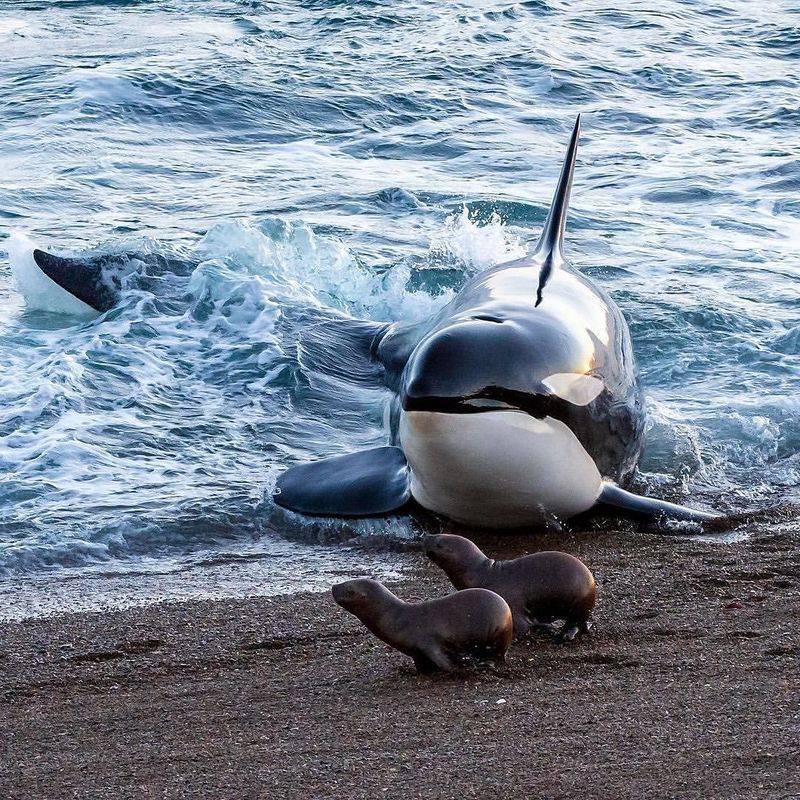
Few hunting techniques demonstrate orca intelligence like intentional beaching. These daring hunters will partially strand themselves on shorelines or ice edges to grab seals that believe they’re safe on land.
The orca calculates the risk perfectly, lunging far enough to snatch its prey before skillfully wriggling back into deeper water. This behavior requires incredible body awareness and problem-solving, as a miscalculation could leave the hunter stranded.
6. Silently Ambushing Prey To Avoid Detection

Masters of stealth, orcas know when to turn off their natural sonar. Though they typically rely on echolocation to navigate and hunt, they’ll go completely silent when stalking particularly alert prey.
Swimming with minimal splashing and communicating through subtle body language, they’ll approach targets from blind spots. This ninja-like strategy allows them to get within striking distance of animals that would otherwise flee at the first hint of those telltale clicking sounds.
7. Outswimming And Outlasting Massive Whales

David versus Goliath plays out regularly in the ocean when orcas target whales many times their size. Rather than relying on brute force, orcas employ endurance hunting.
A pod will relentlessly chase a large whale for hours, taking turns harassing it until exhaustion sets in. They focus on blocking breathing access by forcing the whale to stay submerged longer than comfortable. Eventually, even the mightiest whale succumbs to this war of attrition.
8. Exploiting Environmental Features During The Hunt
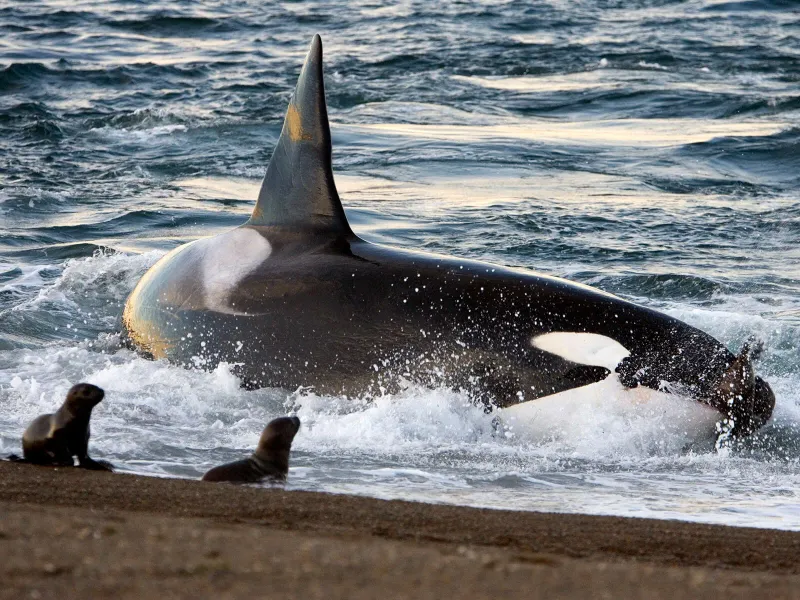
The ocean itself becomes a weapon in the skilled flippers of hunting orcas. These tactical geniuses use underwater topography to their advantage, driving prey into dead-end coves or shallow waters where escape becomes impossible.
Some pods push prey against ice edges or rocky shores to limit movement. Others use steep underwater drop-offs to force fish schools into concentrated groups. By turning the environment into a natural trap, they maximize hunting efficiency.
9. Imitating Sounds To Lure Prey
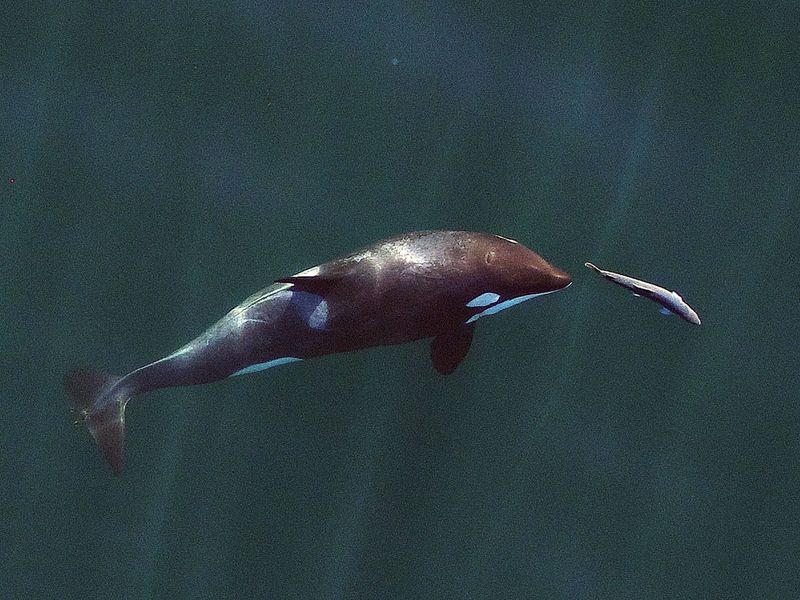
Vocal mimicry takes orca hunting to deceptive new levels. These clever cetaceans have been observed producing sounds remarkably similar to those made by their intended prey.
By imitating seal pups or other marine mammals in distress, they trigger curiosity or protective instincts that draw targets closer. This sophisticated form of acoustic baiting demonstrates their understanding of other species’ behavior and communication—a rare cognitive skill in the animal kingdom.
10. Passing Down Techniques Through Generations
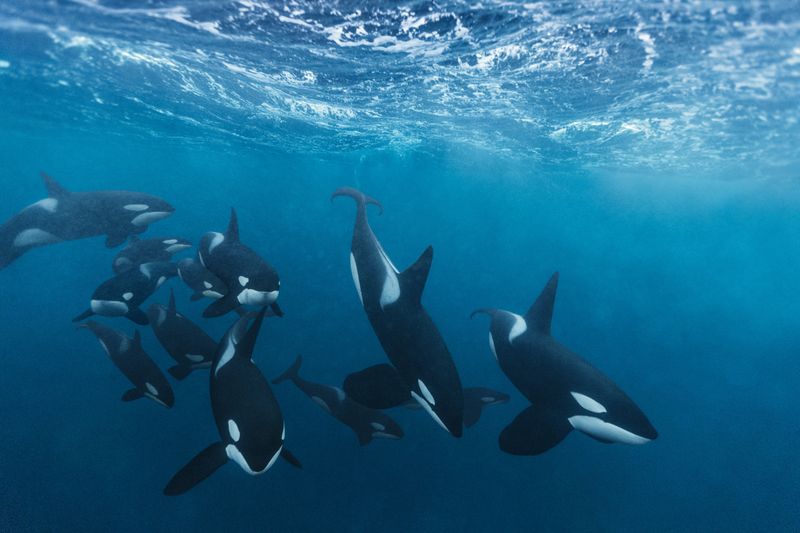
Orca pods aren’t just hunting groups—they’re schools where sophisticated predatory techniques are taught and preserved. Researchers have documented mother orcas deliberately slowing down successful hunts to demonstrate techniques to their calves.
Young orcas practice these skills through play before graduating to actual hunting. This cultural transmission explains why different orca populations worldwide have entirely different hunting specialties, from seal-catching to shark-hunting—evidence of distinct underwater cultures.
11. Adapting To New Climates And Prey Sources
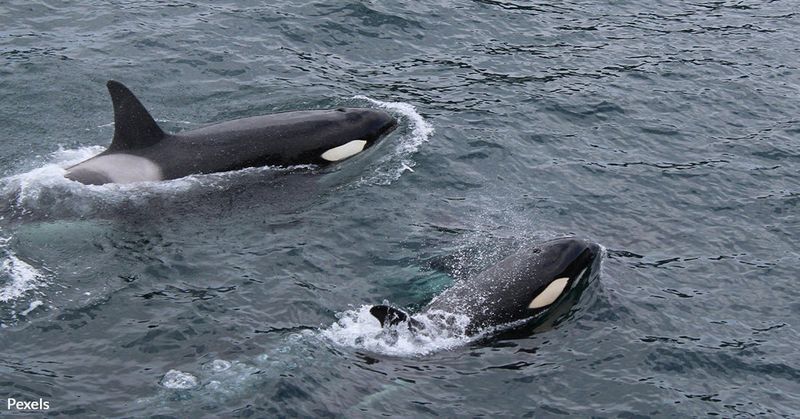
Climate change has reshuffled the ocean’s deck of cards, but orcas keep finding winning hands. As traditional prey migrates to new regions, these adaptable hunters quickly develop strategies for unfamiliar targets.
Pods that once specialized in hunting certain fish have been observed switching to seabirds or mammals when necessary. This remarkable flexibility allows them to thrive in changing oceans where other predators struggle, showcasing their problem-solving intelligence.
12. Challenging Sharks For Dominance In The Food Chain
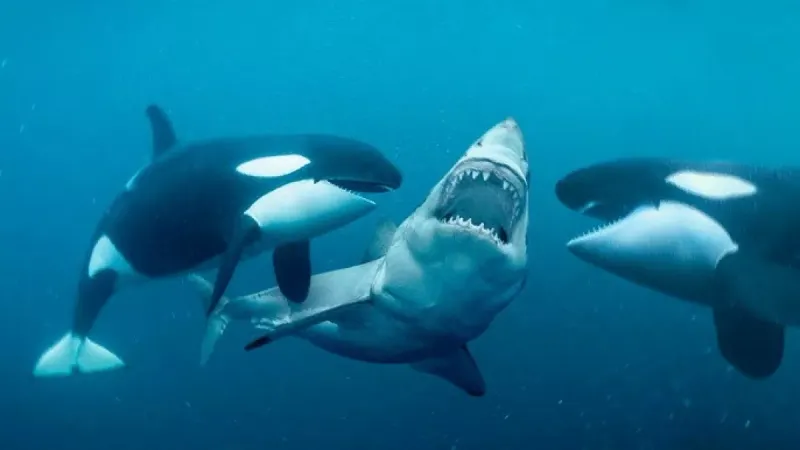
The ultimate power move in ocean politics? Scaring away great white sharks from their traditional hunting grounds. Scientists tracking shark movements discovered something remarkable: when orcas enter an area, sharks immediately flee and won’t return for months.
This fear response reshapes entire marine ecosystems as the apex predator torch passes to orcas. Their dominance is so complete that some shark populations have permanently abandoned historical territories after orca encounters.


